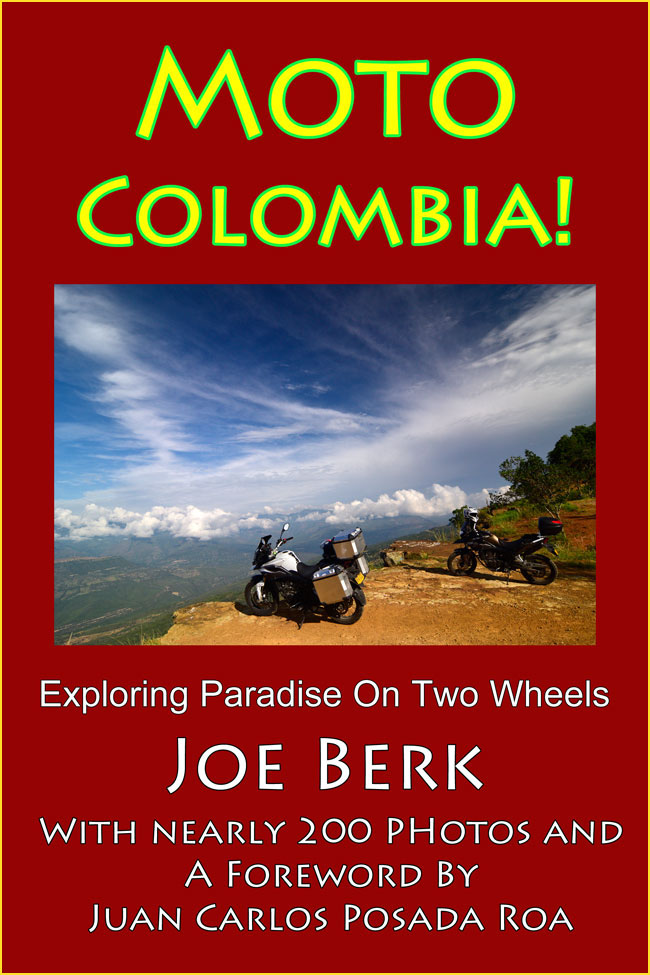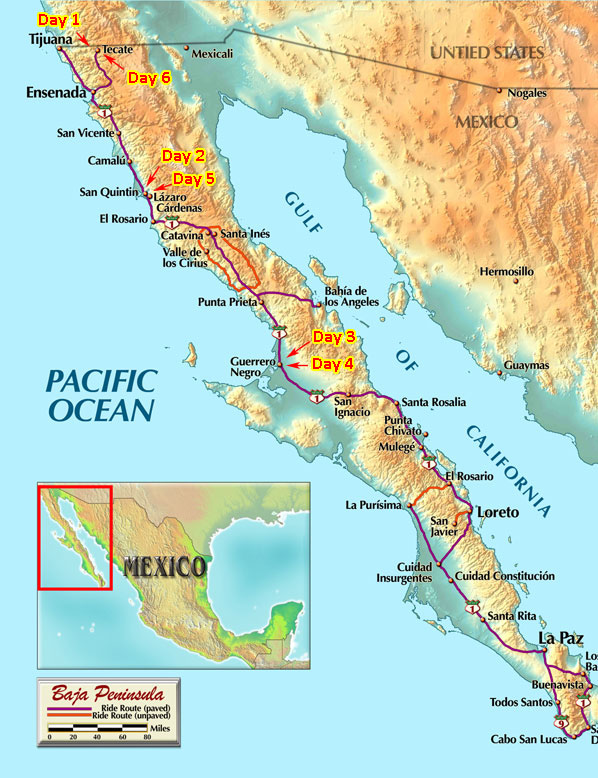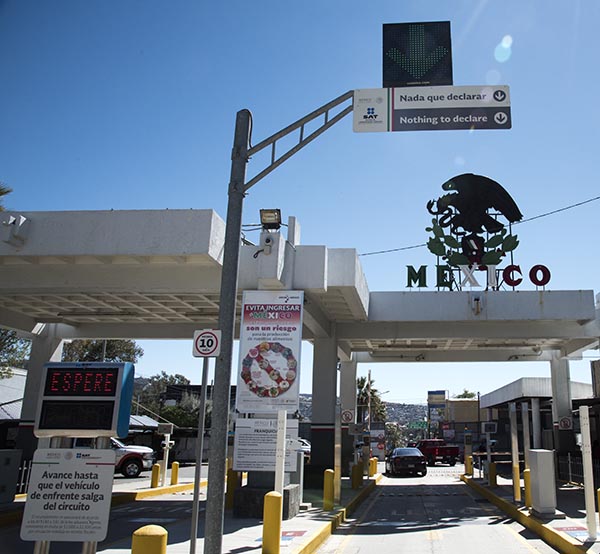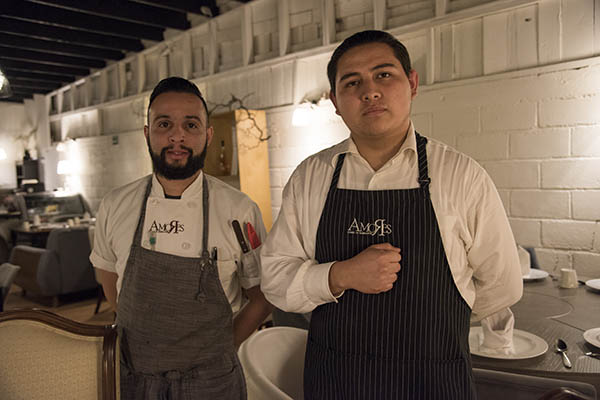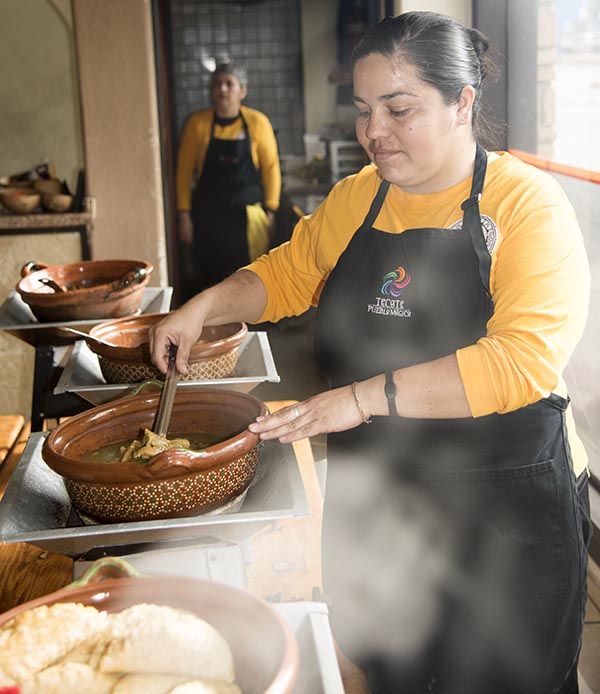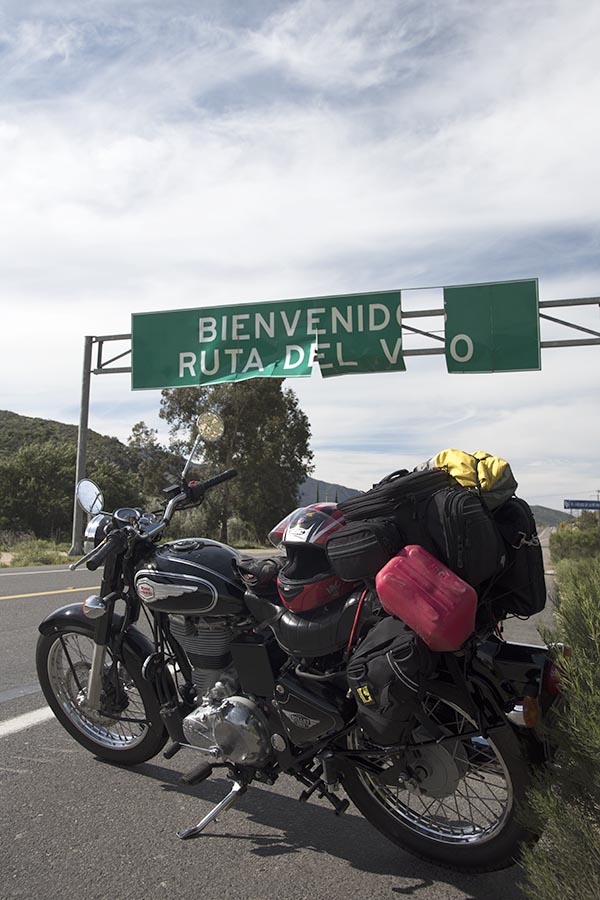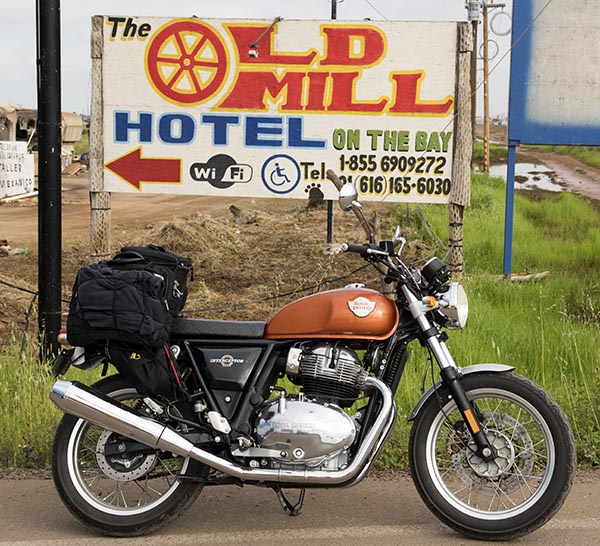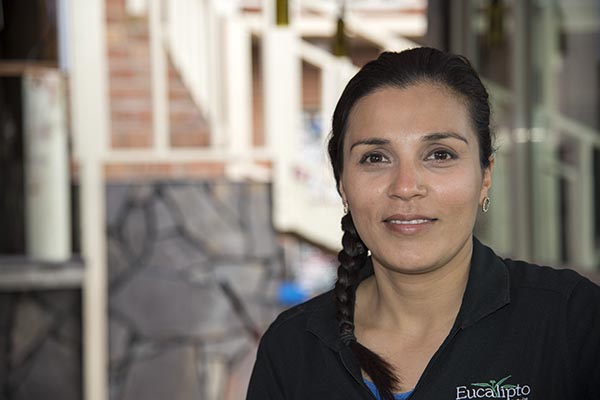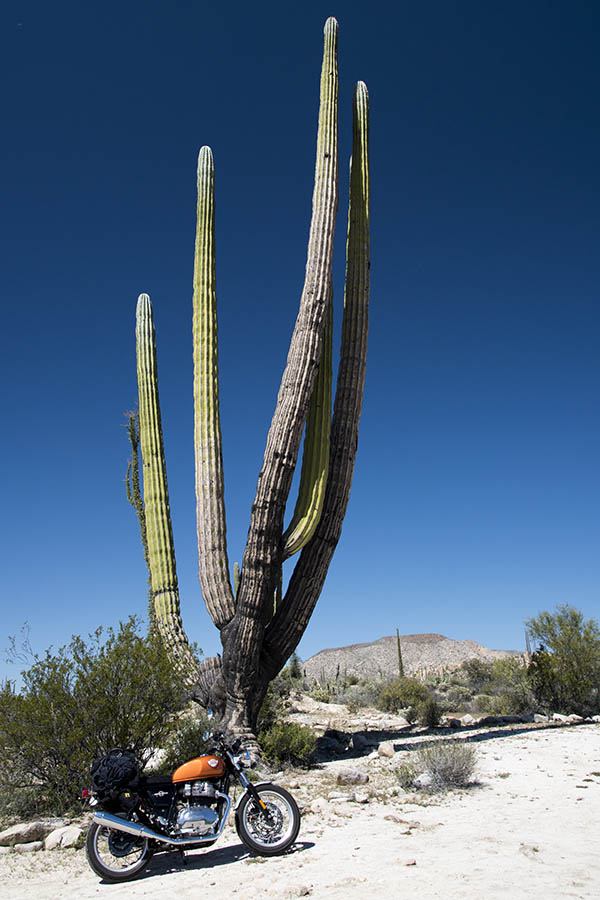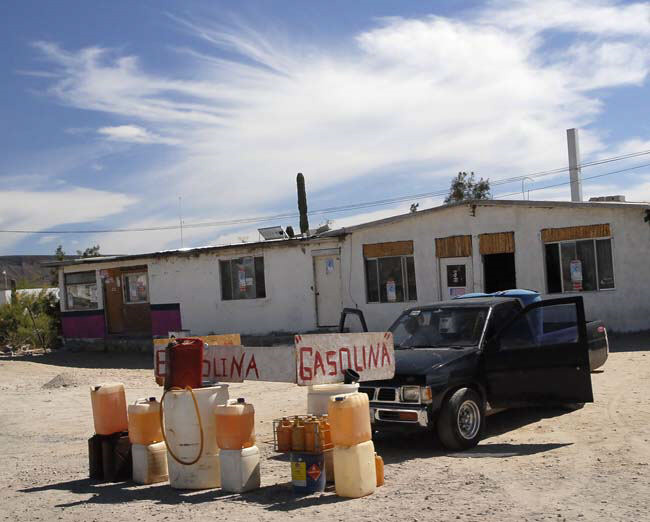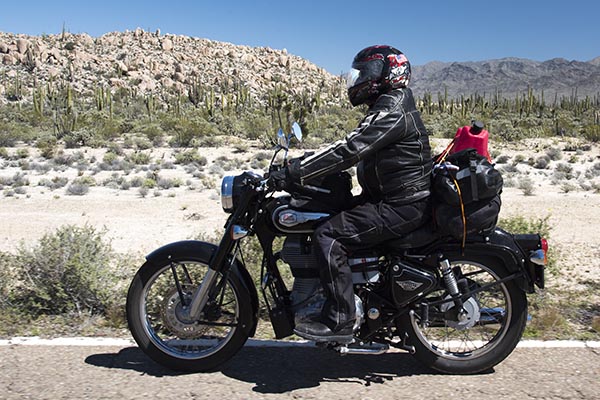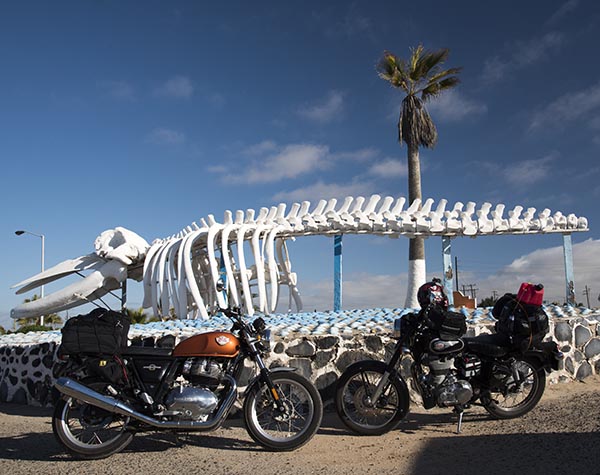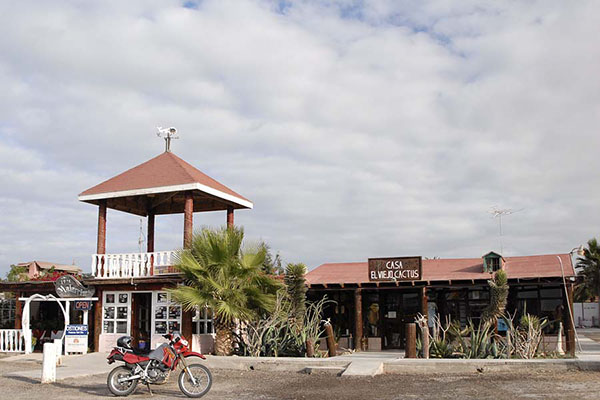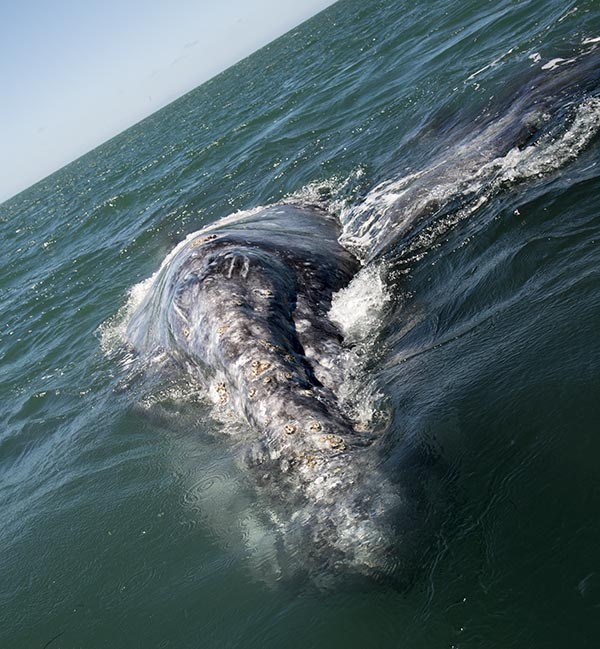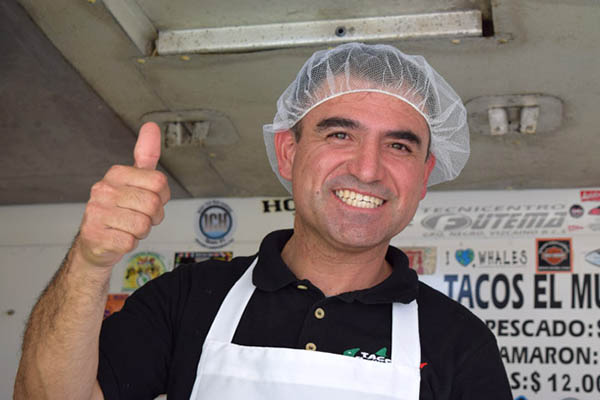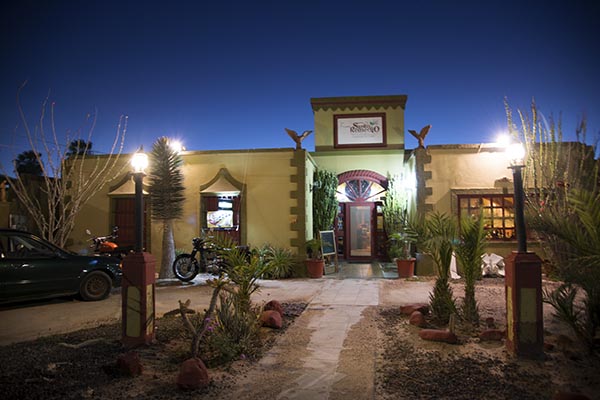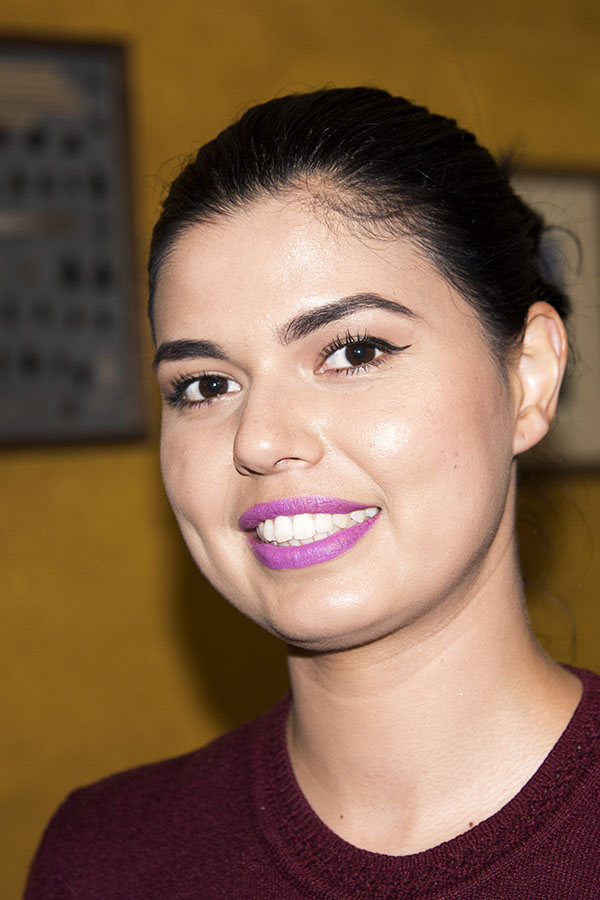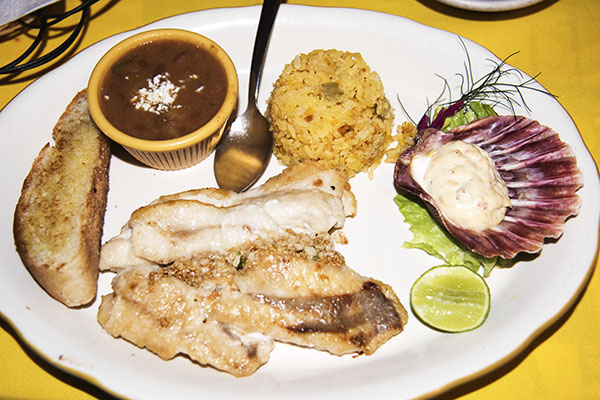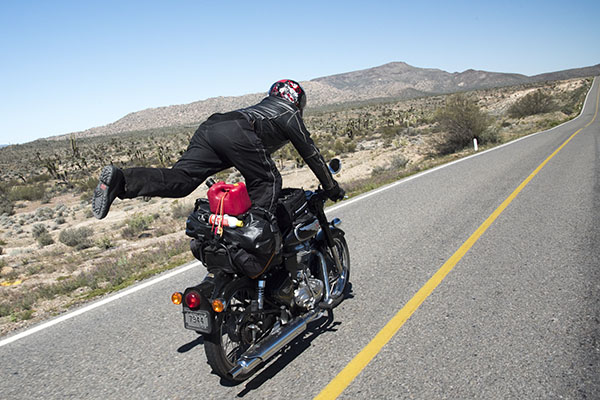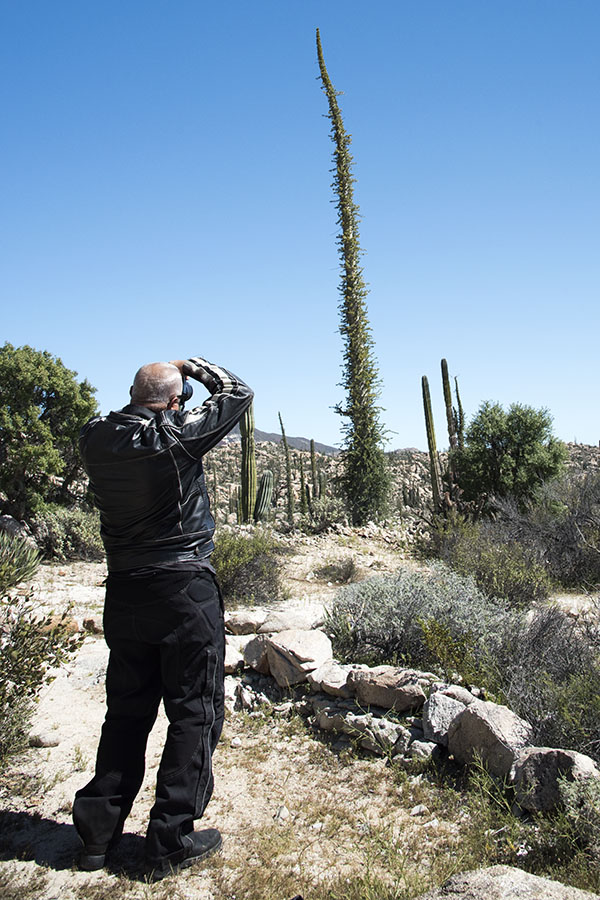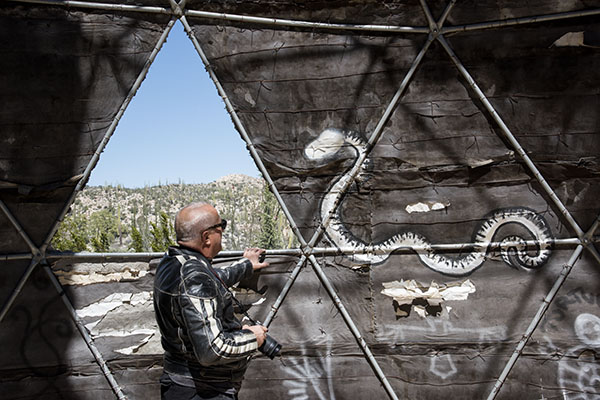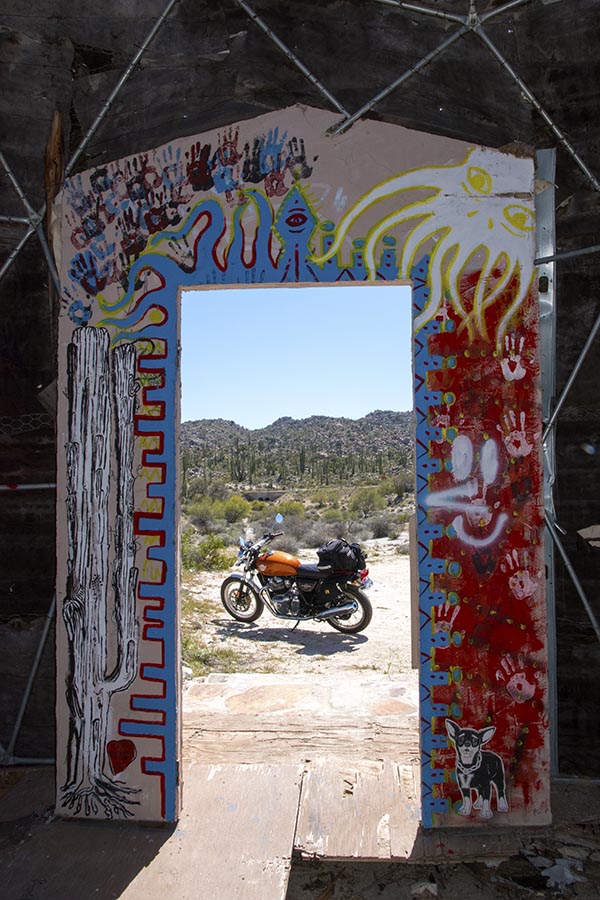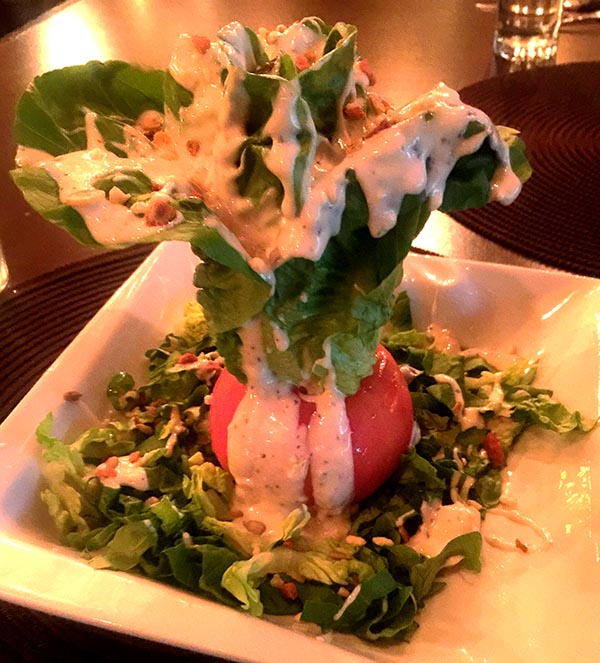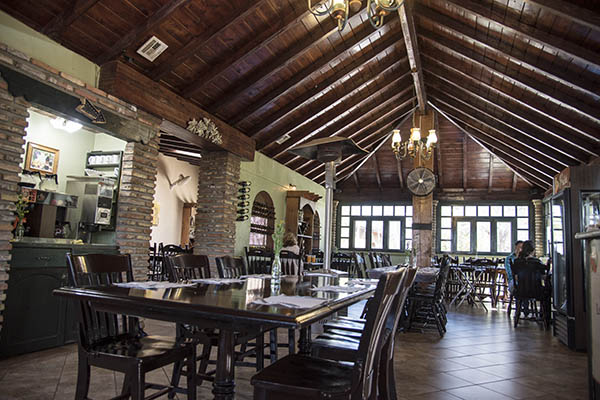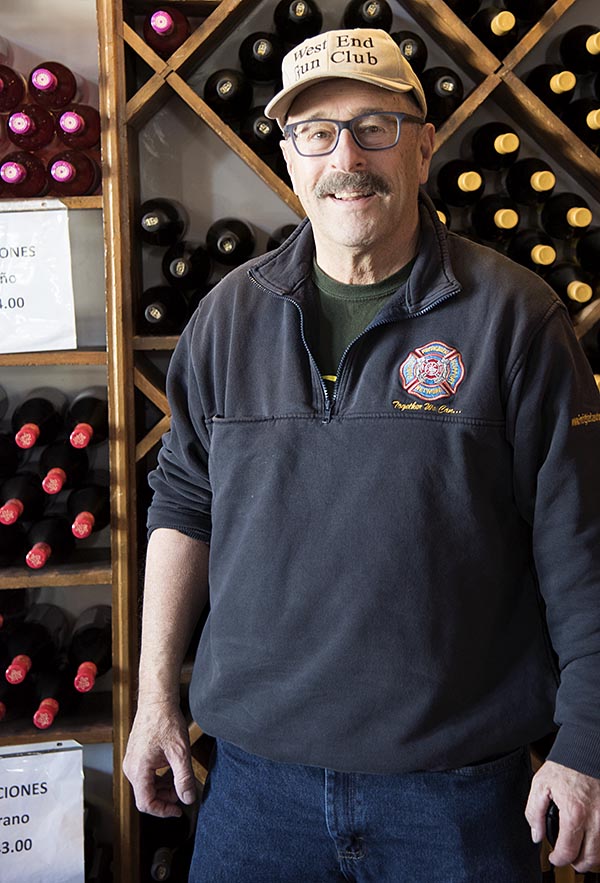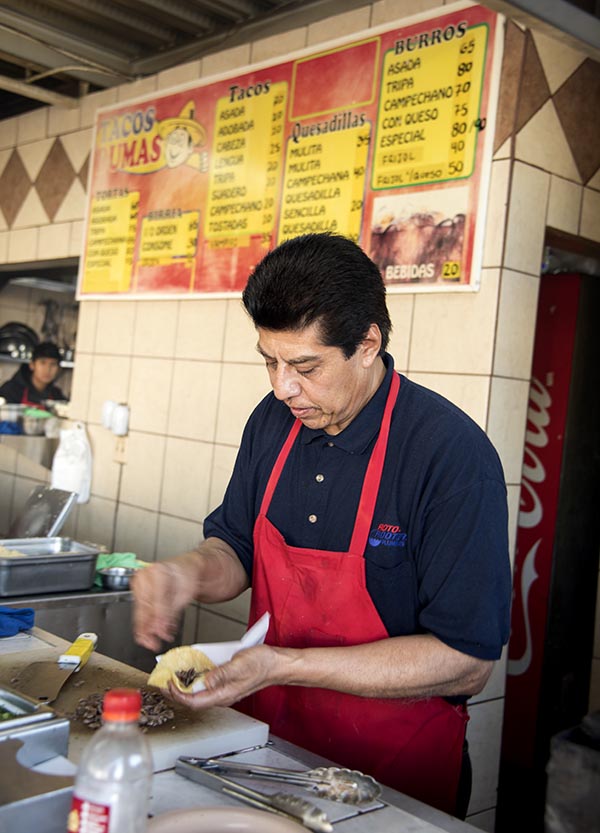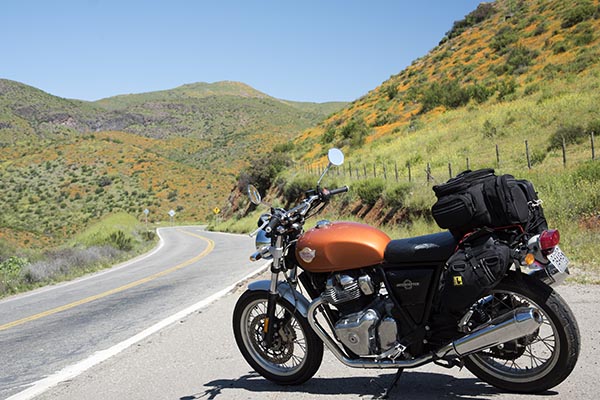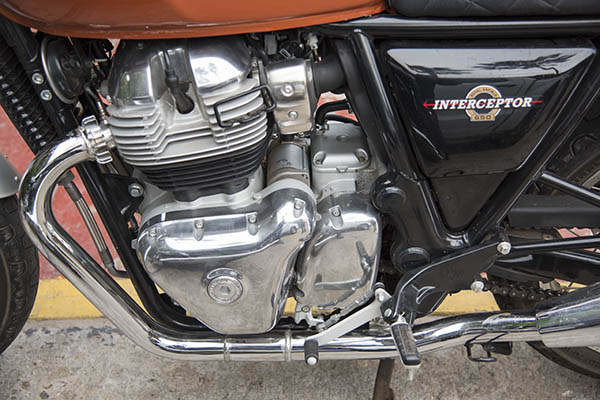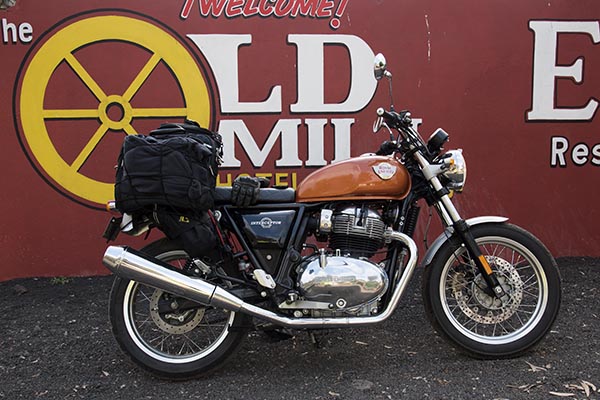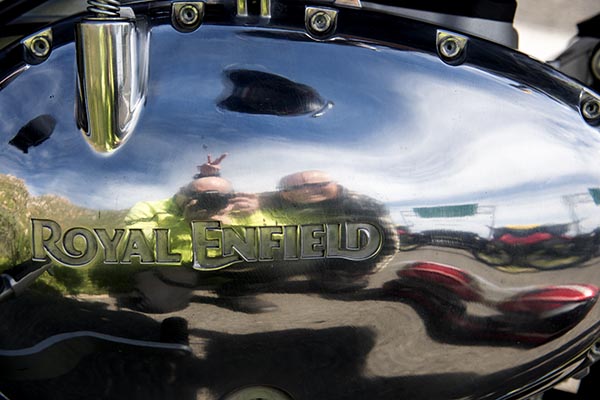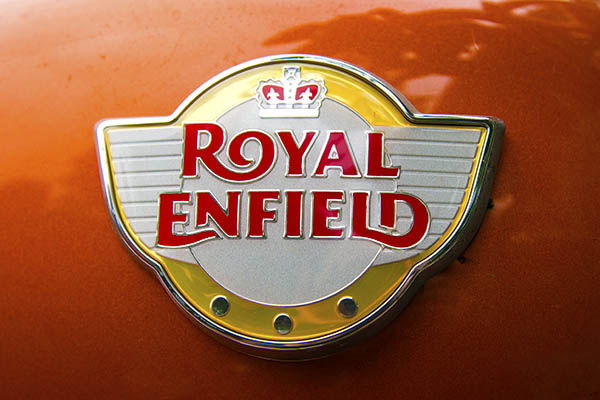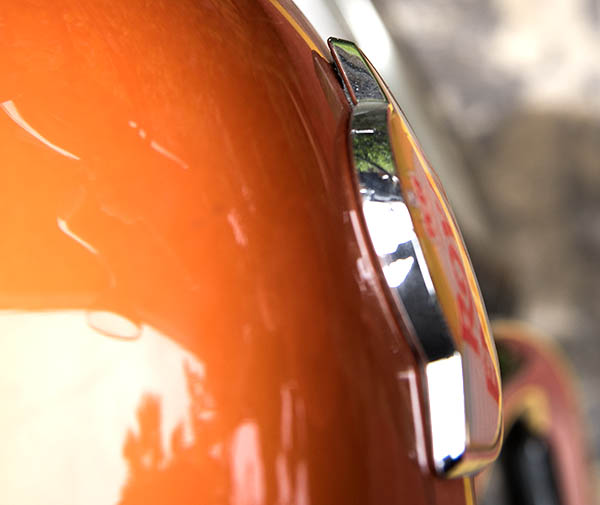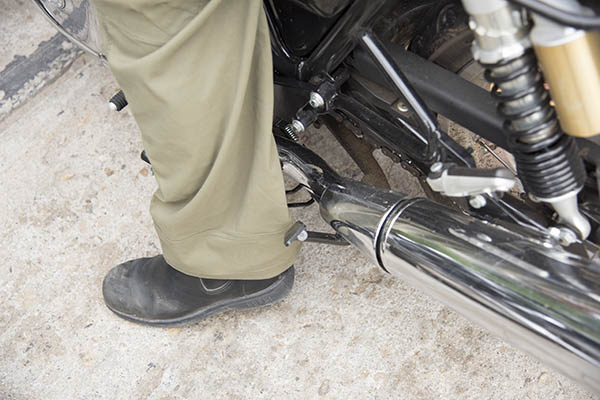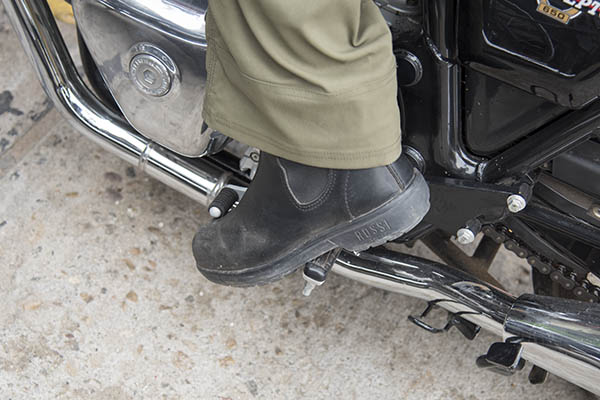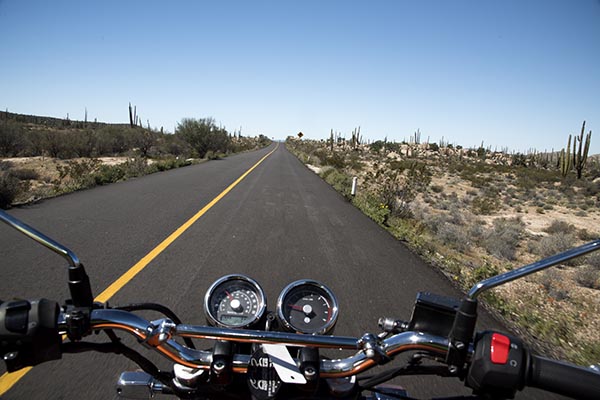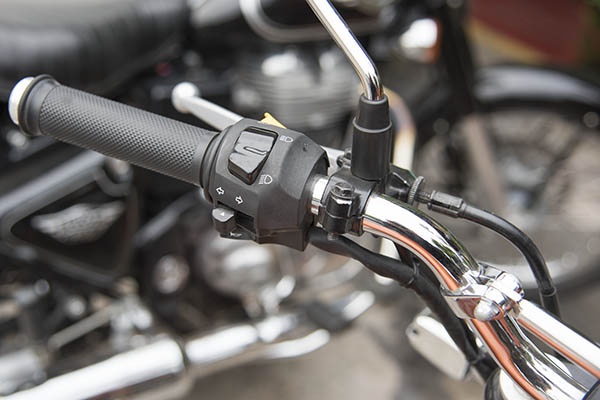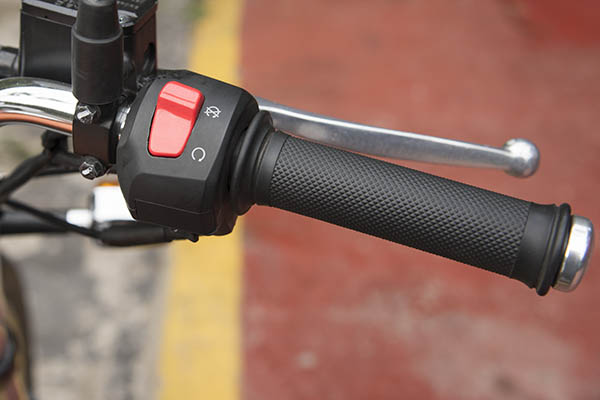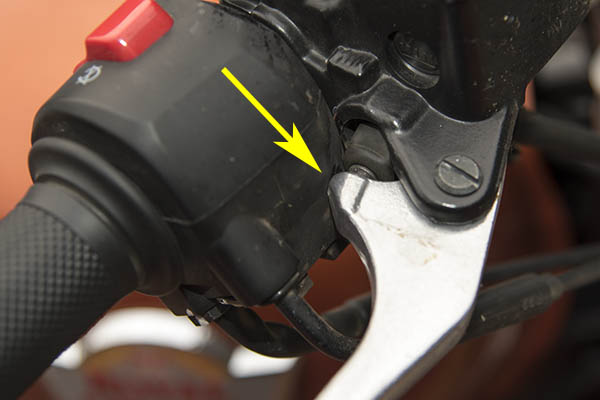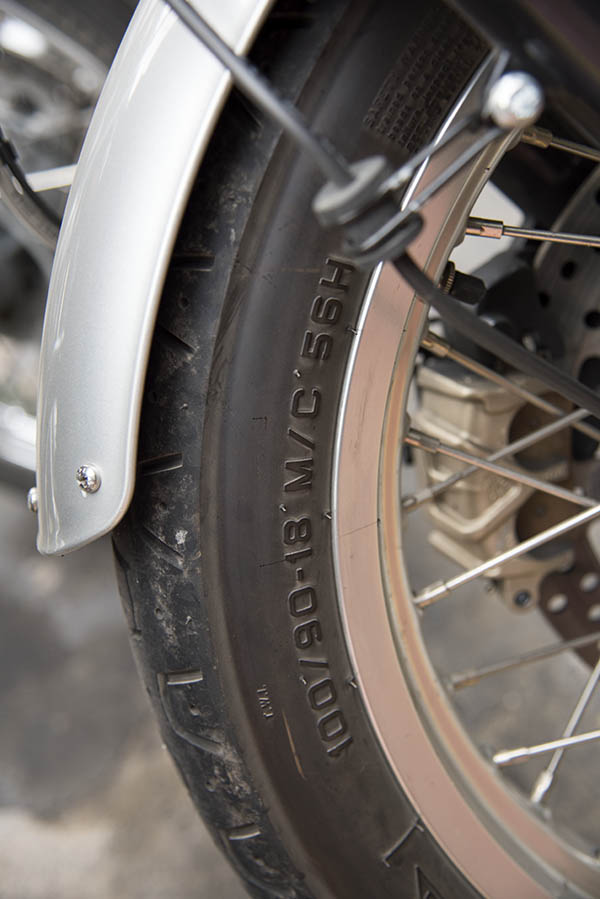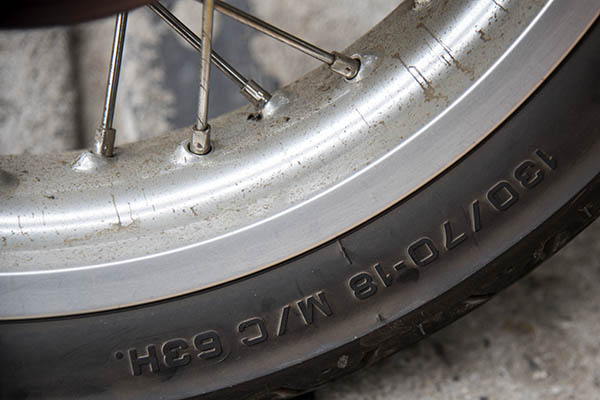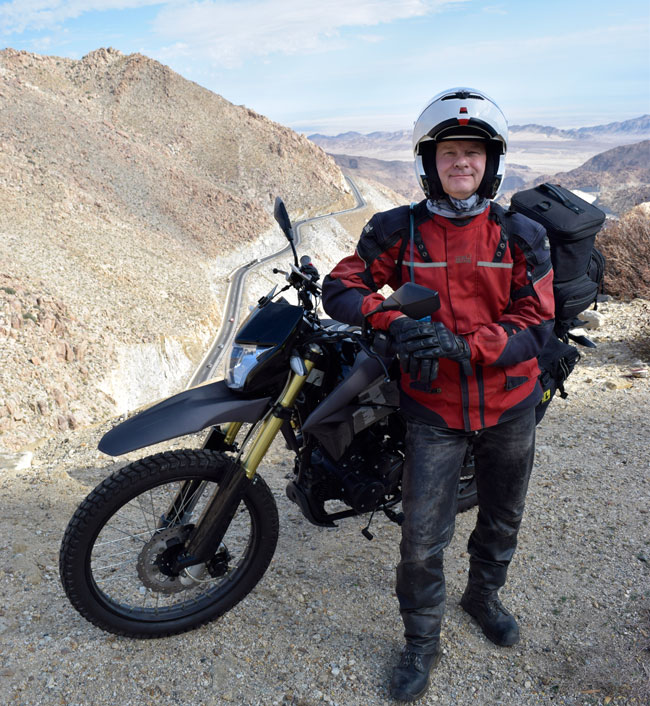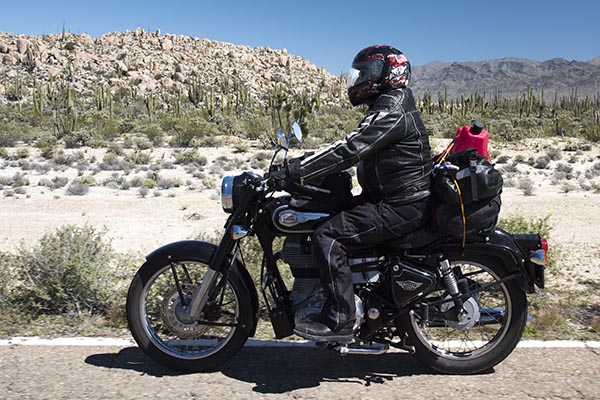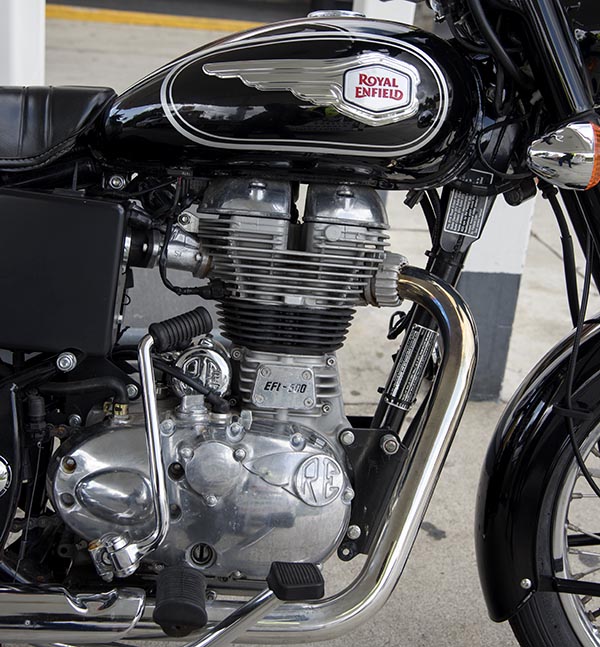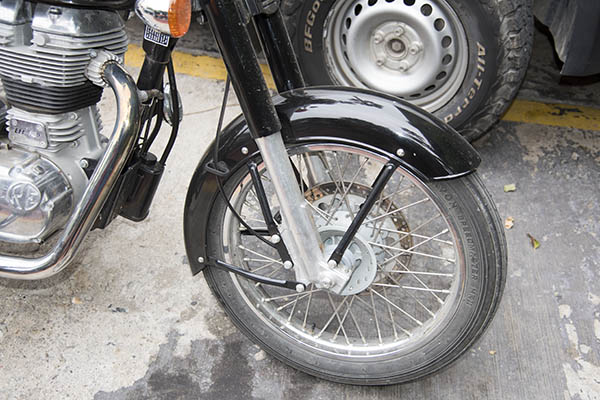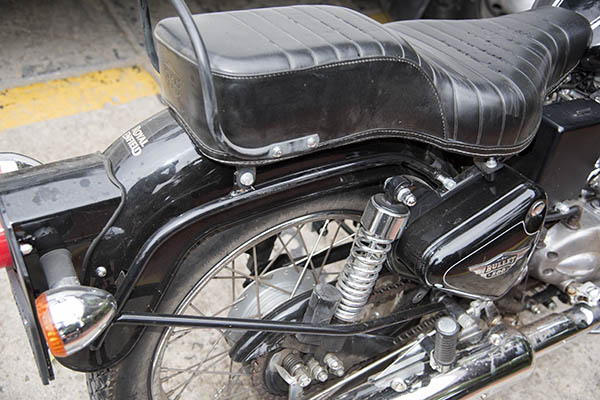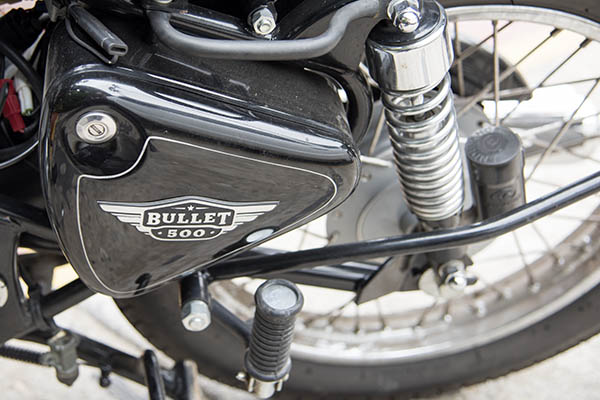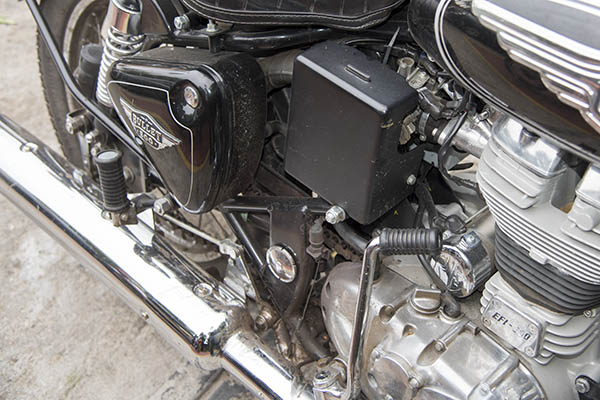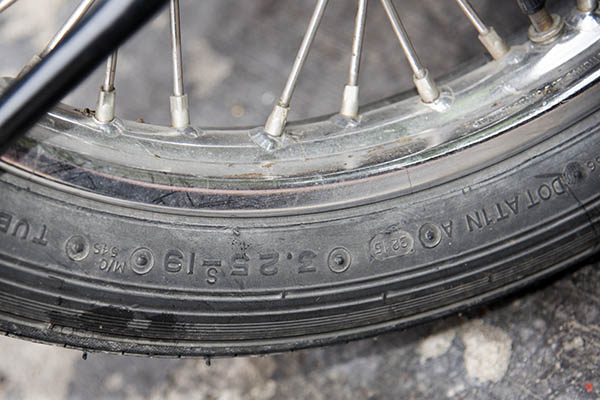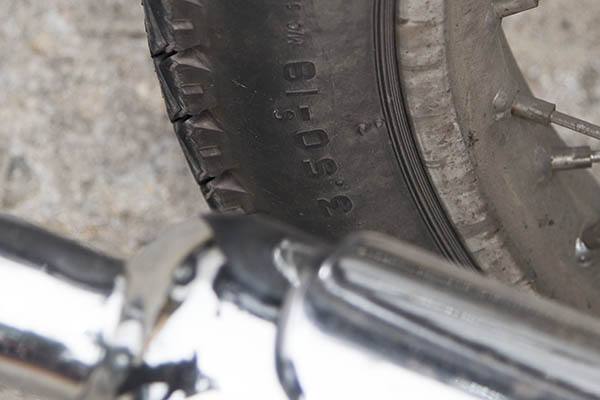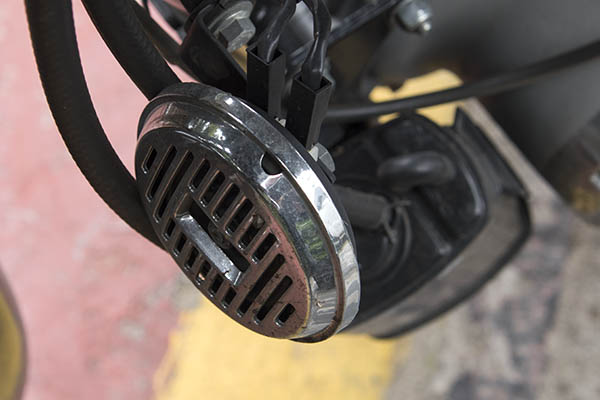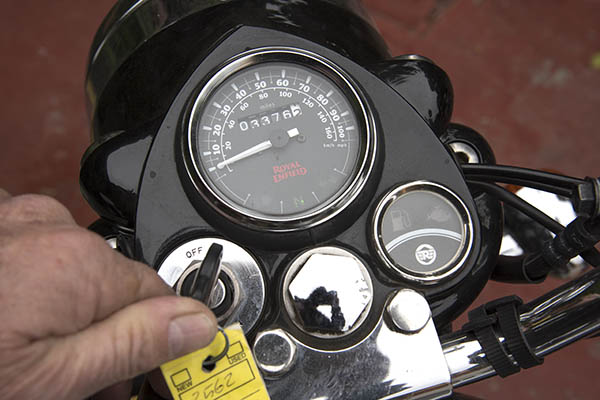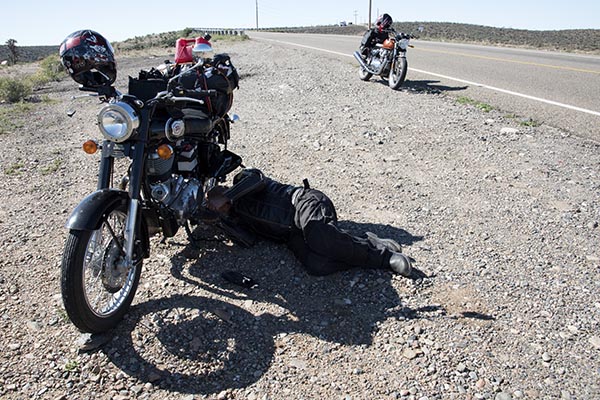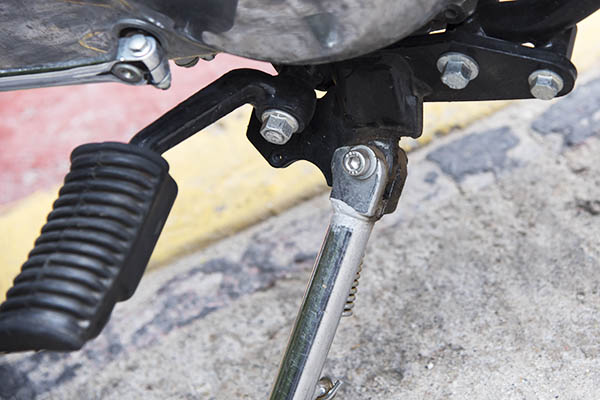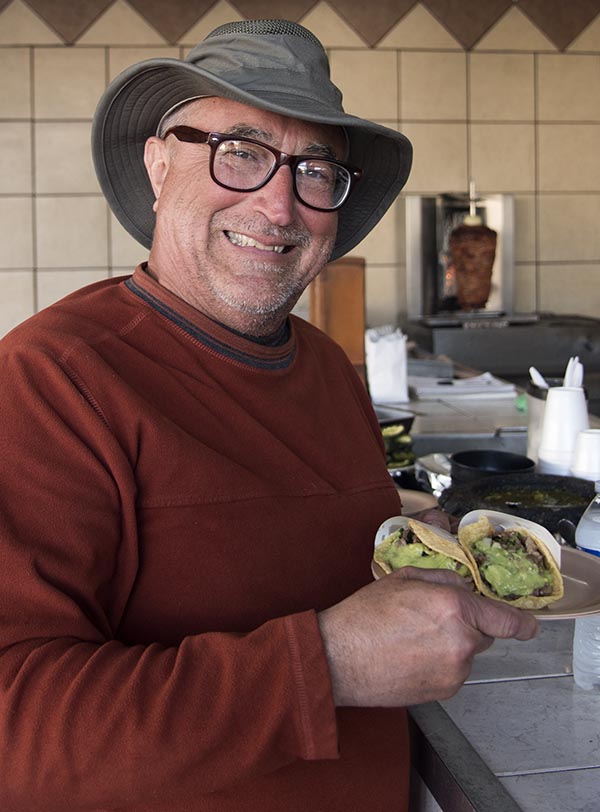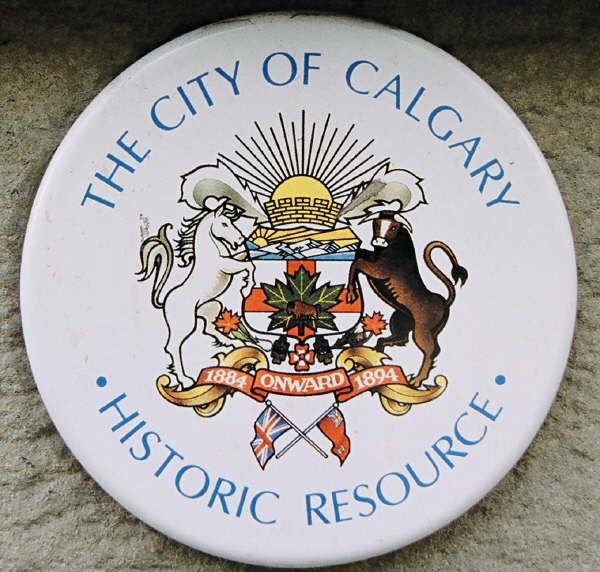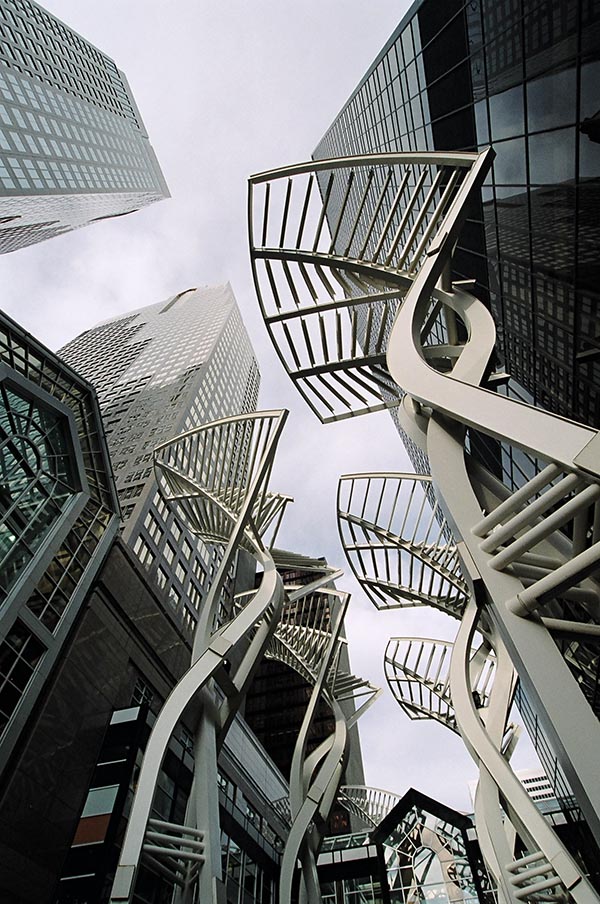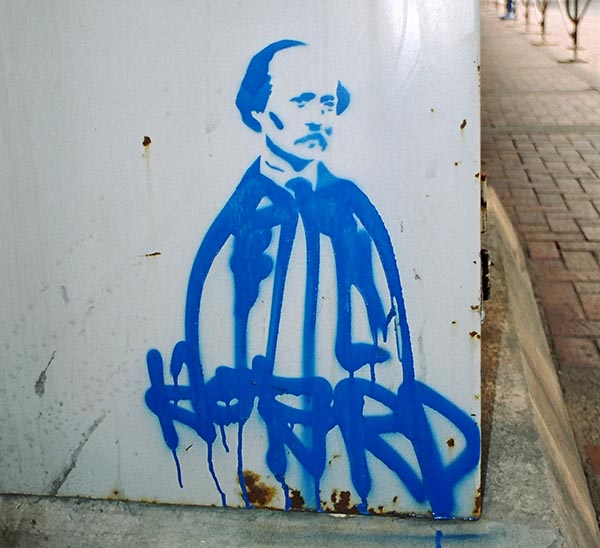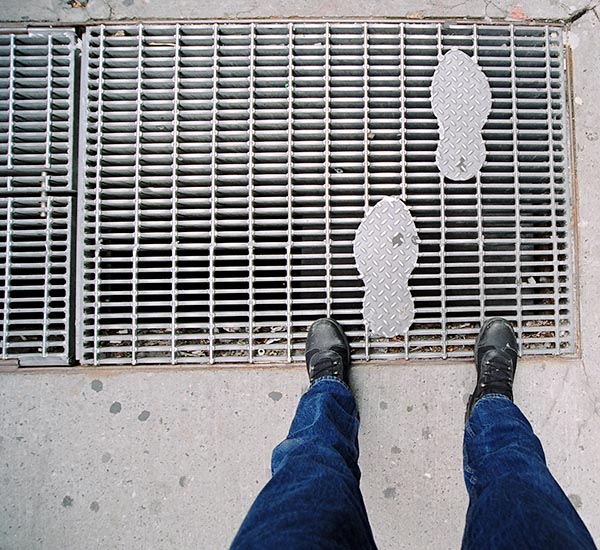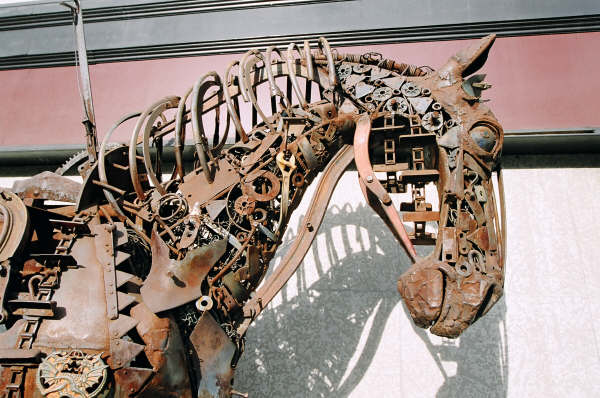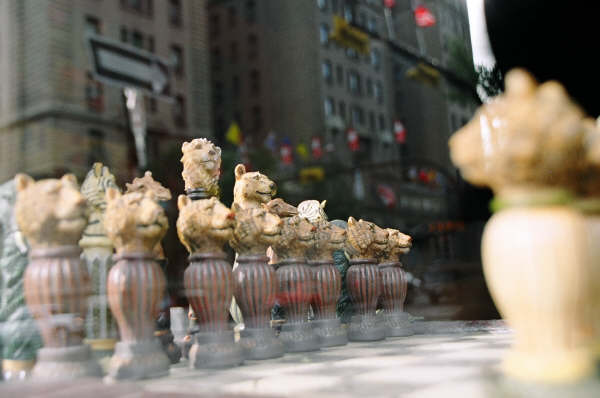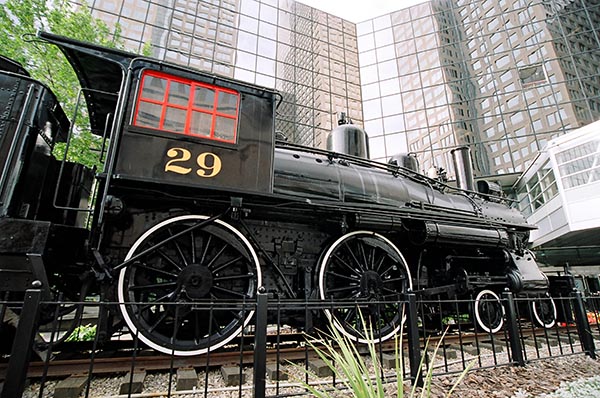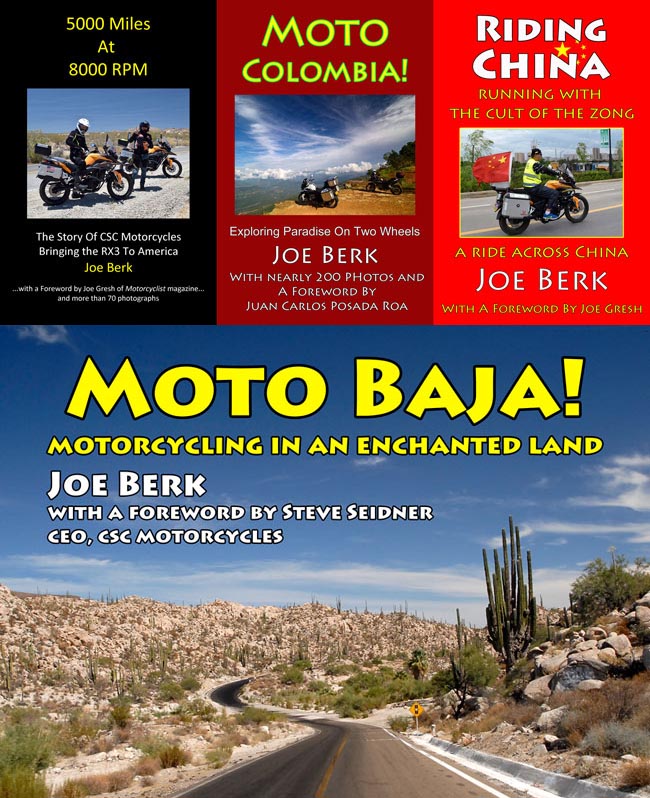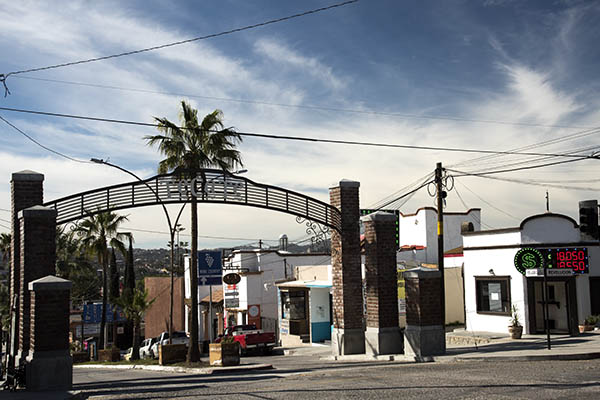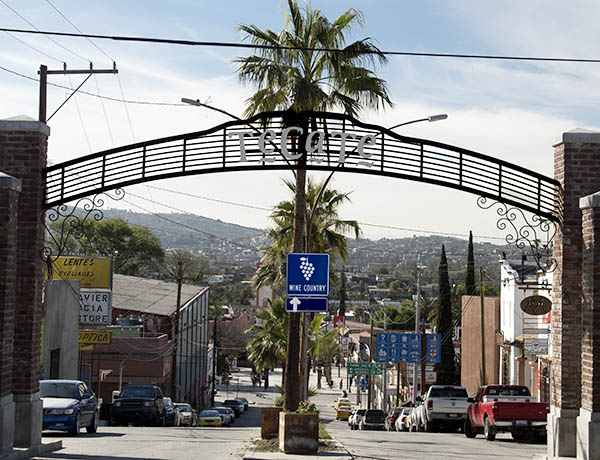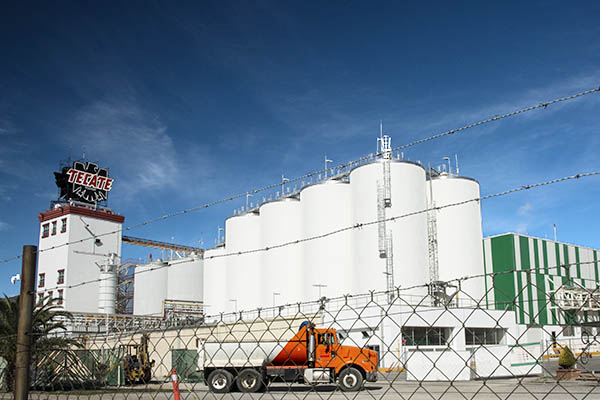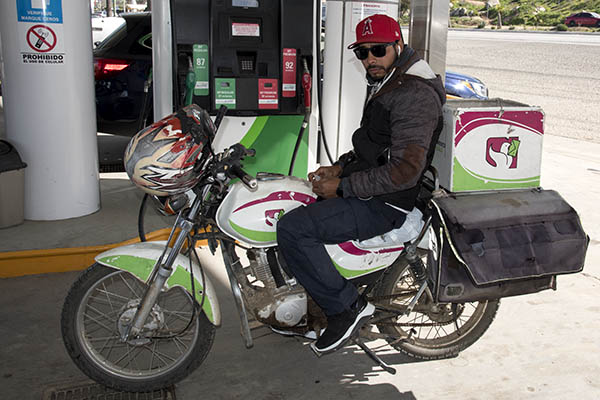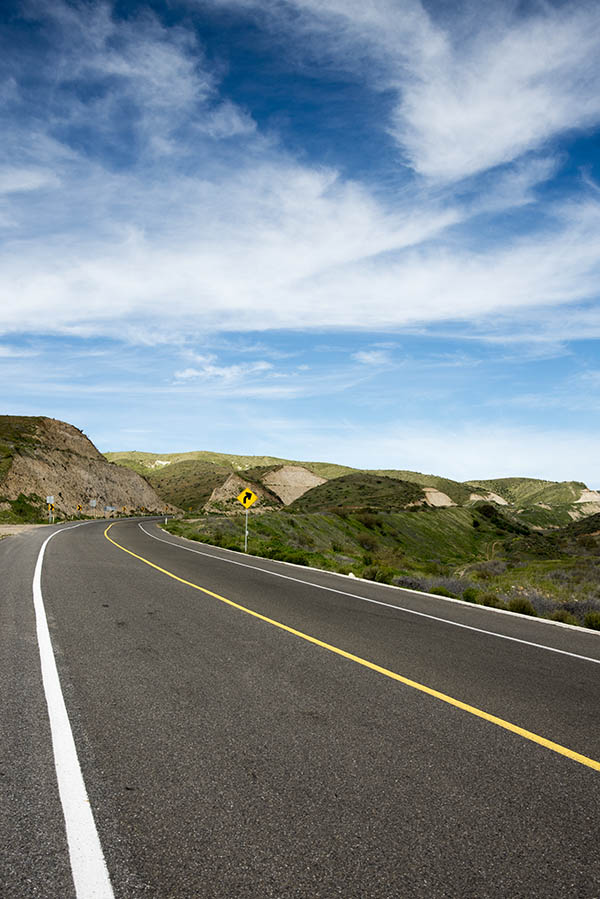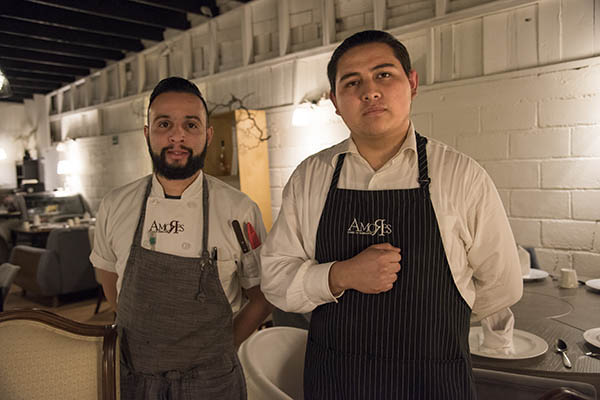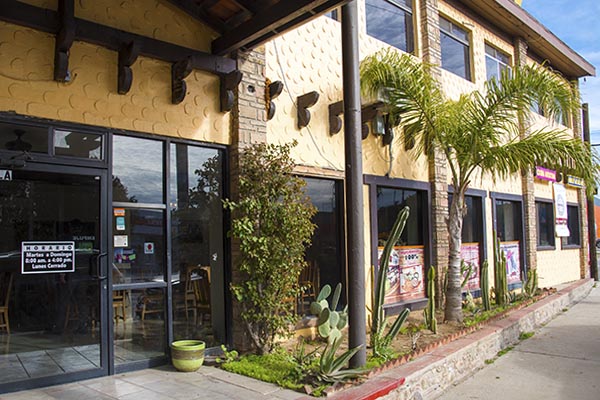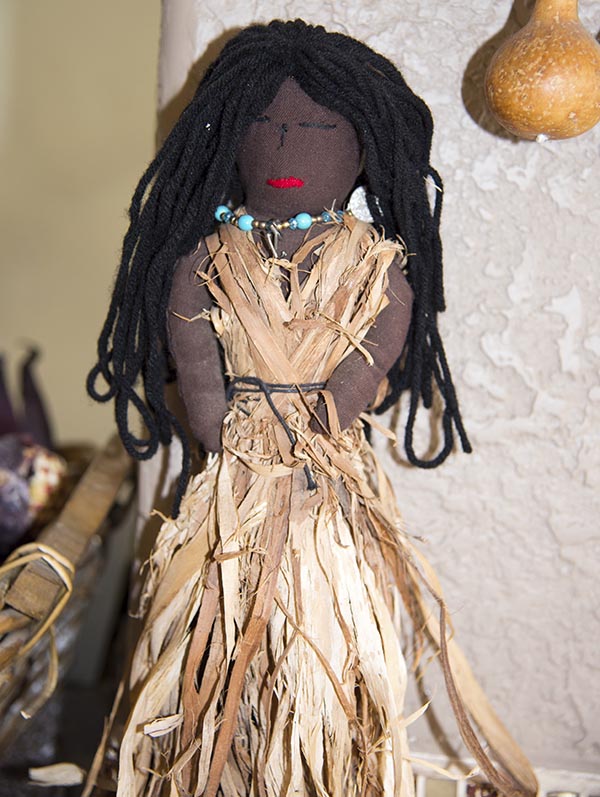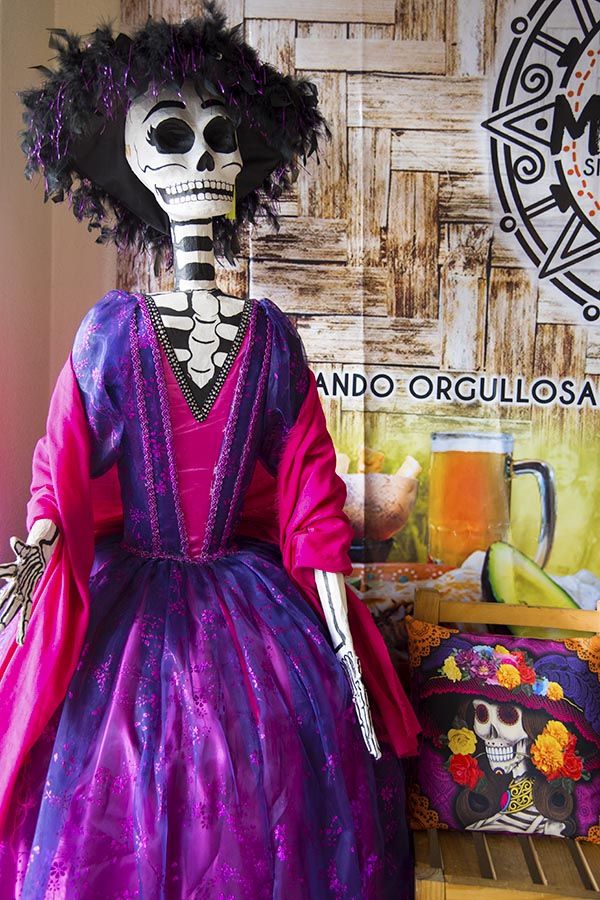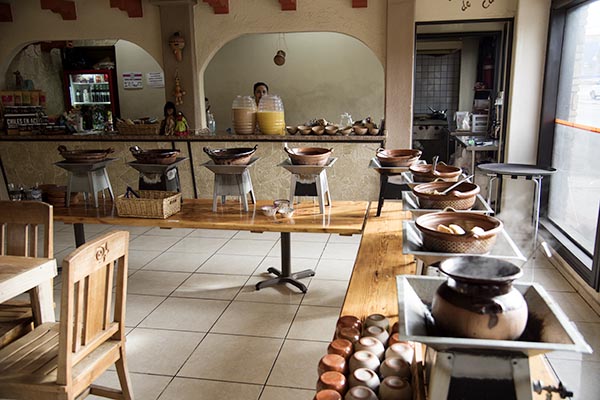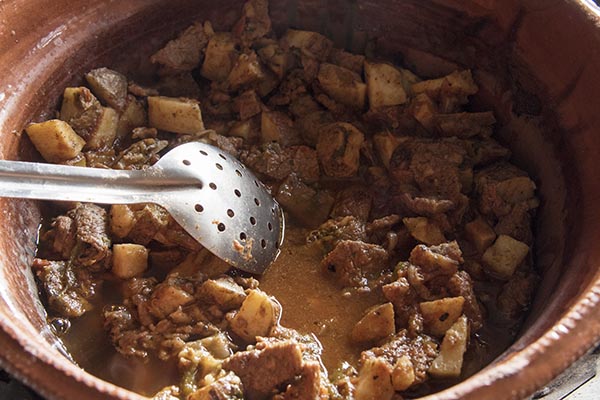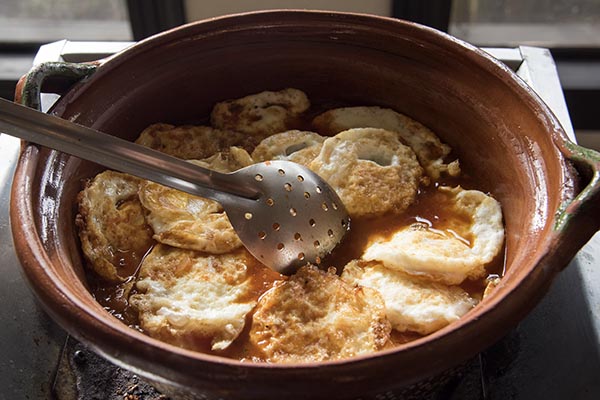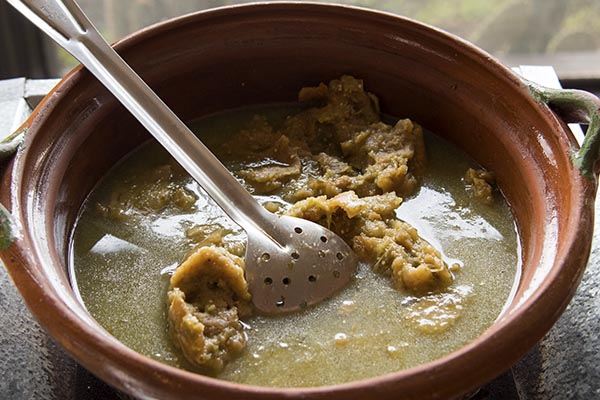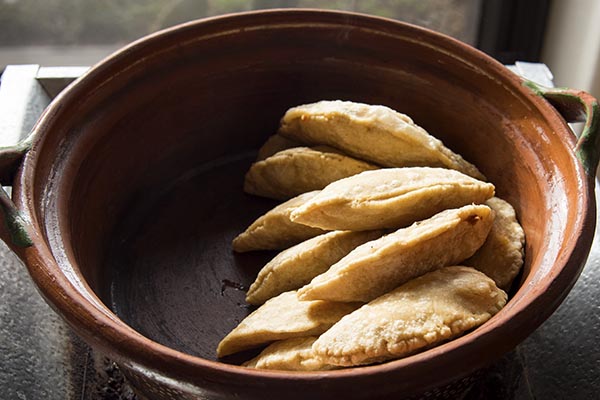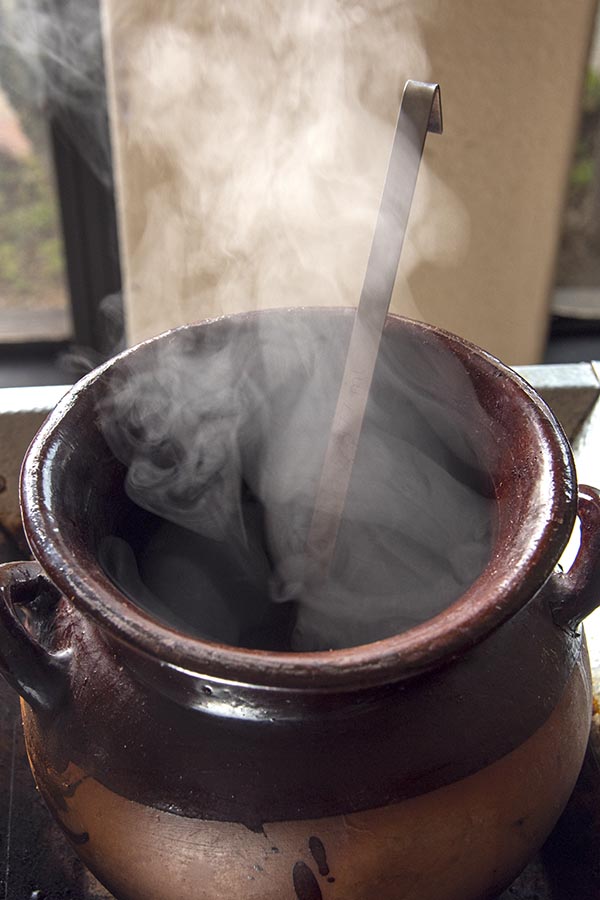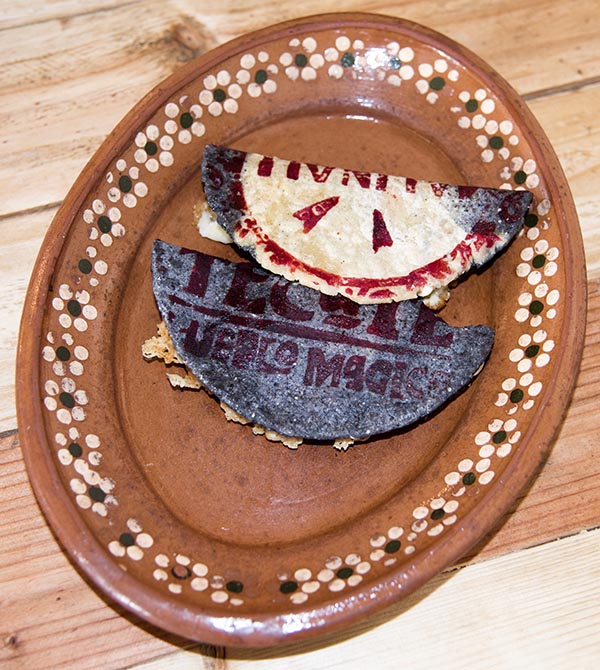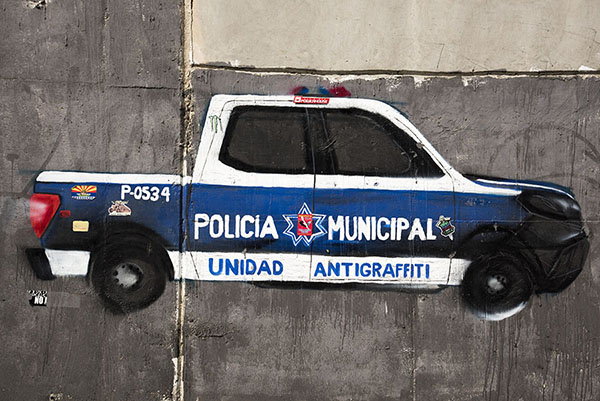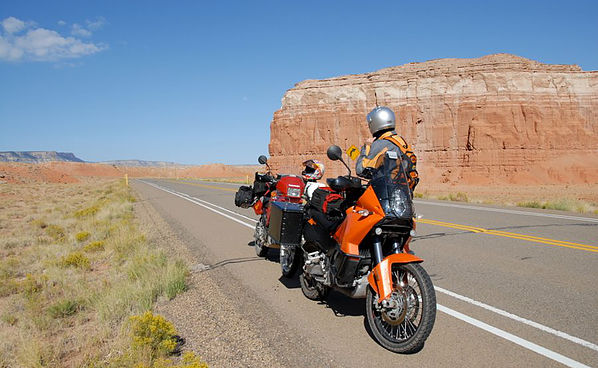I’ve enjoyed fantastic adventure rides on fantastic motorcycles in fantastic places. One of the best adventure touring motorcycles available at any price is the Zongshen RX3 (brought to the US by CSC Motorcycles), and one of my rides on this fantastic machine was in Colombia. Colombia was one of the greatest rides ever. Want a taste of that adventure? Hey, here’s one of the chapters from Moto Colombia on a ride at extreme elevation…a visit to an active volcano. We’re presenting it here in two blogs…one today and another tomorrow. Enjoy, my friends…
Day 7: Volcan Nevado del Ruiz
Breakfast in a delightful hotel, more mountain twisties, sweltering heat, freezing cold, fog that cut visibility down to 30 feet, dirt roads, riding at 13,576 feet, hot sulfur baths, a burbling volcano that killed 23,000 people in 1985, and volcanic dust in our eyes…it would all be in a day’s ride for us on this, our 7th day on the road in Colombia.
The Casa Belle Epoque was a great little boutique hotel in Honda. It was one of the coolest places (in one of the hottest cities) I’ve ever parked a motorcycle in front of (uh oh, I just ended a sentence with a preposition, but you get the idea). As always, I was up early, but the hotel staff was up even earlier and I enjoyed a cup of dark Colombian coffee after sleeping soundly through the night. My laundry was done, it was wrapped up nicely, and it was dry. That nice lady the night before was right; my laundry had dried. I was surprised and pleased.
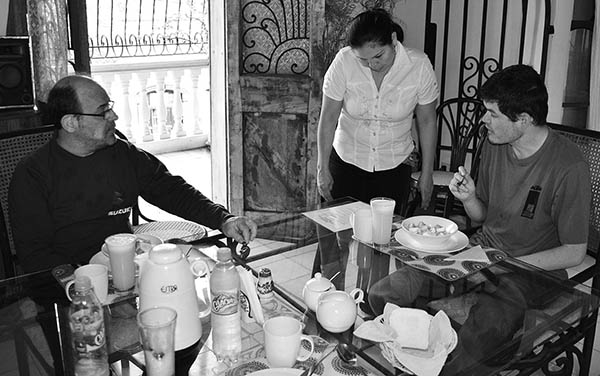
I used the time before Juan and Carlos came down to breakfast to examine some of the antiques in the hotel’s dining room and lobby. Antiques are a big thing in Colombia, I guess. I remembered the restaurant from a few days ago similarly adorned with old things. I thought about writing to Mike and Frank…perhaps they could do a Colombian Pickers episode.
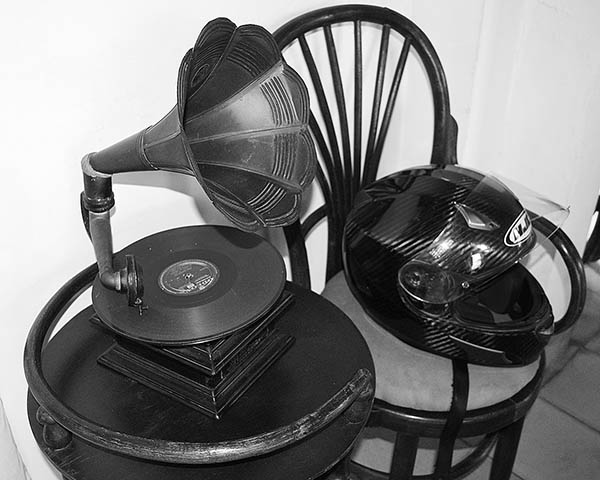
After breakfast, Juan, Carlos, and I walked over to where the bikes had been secured for the evening. We rang the bell at another massive gate and waited for the groundskeeper to come unlock it. I half expected to see that fellow from Romancing the Stone stick his face through the window and say, “Joan? Joan Wilder?”
Juan had an exploration of Honda in mind, and as always, I followed him with Carlos riding behind me. That was our standard riding formation, and we would cover about 2600 kilometers riding Colombia in that formation. Those two guys took good care of me.
I thought the roads in Zipaquira were steep (and they were), but Honda’s cobblestone streets took things to the next level. I couldn’t believe the streets we were navigating. You might think I am exaggerating, but I am not. I didn’t quite have to slip the clutch to get up the hills, but I was pretty close to doing that. The hills in Honda were strictly first gear affairs. Someone once told me in situations like this, you just look where you want to go. That’s what I did. On these streets and on those cobblestones, I wondered if we would have had enough traction to get up the hills if the streets had been wet. The roads were that steep.
We rode up a mountainside and arrived at a most interesting bridge. It was painted bright yellow and it had wooden planks for the road surface (and they were a good 300 feet above the Magdalena). This was real Indiana Jones stuff. Juan and Carlos told me the bridge was built by the San Francisco Bridge Company in 1898 and it was the first bridge in Colombia to span the Magdalena River. The photo ops were incredible with the bright yellow bridge, the bright blue sky, the verdant green of the mountains, and the river below us.
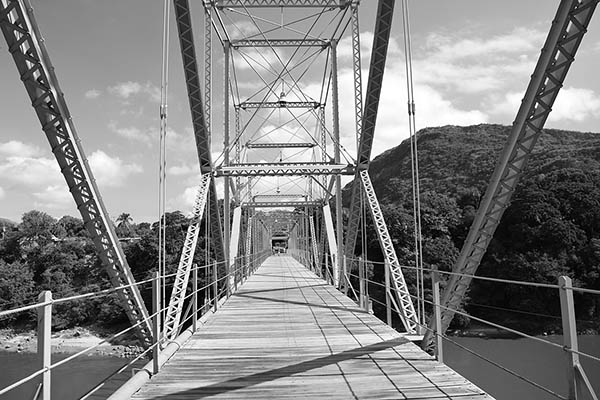
An older woman emerged from a stone house on our side of the bridge and she smiled when I pointed to my camera. She somehow reminded me of my grandmother. She was full of smiles until I put the camera up, and then I couldn’t get her to smile (my grandmother had the same uneasiness around a camera).
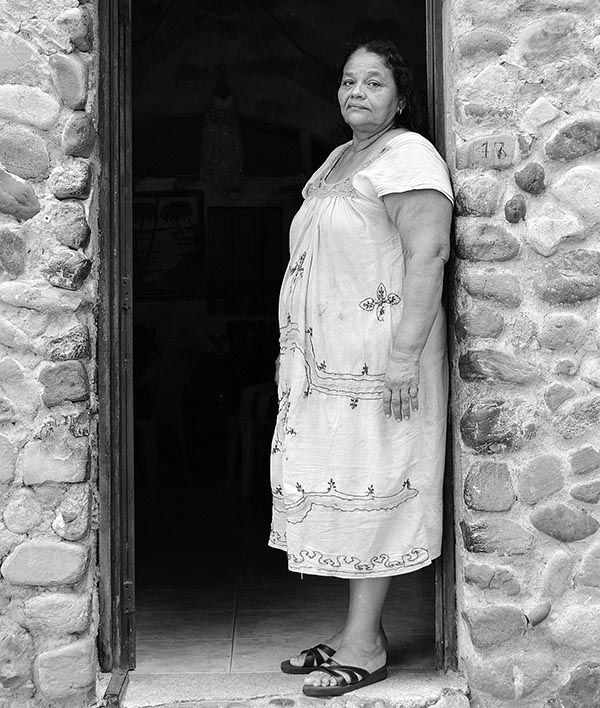
There were folks way below us digging in the banks of the Magdalena (I don’t know for what…perhaps some form of freshwater clams, or maybe gold or emeralds). I looked at those guys below the bridges, I thought of the Internet trolls who love to criticize the RX3 (you know, trolls hanging out under bridges), and I laughed. Those Internet morons would never experience the kind of riding we were doing. All they could do was criticize. We were out here living the adventure. I felt a brief tinge of pity for the Internet trolls, but it passed quickly.
From that vantage point above the Magdalena River, we could see distant ridges in the Andes on the horizon. They were capped with snow and the clouds were just above the peaks. Juan pointed to one where the cloud seemed to emanate from the top of a mountain. It was a good 80 miles away.
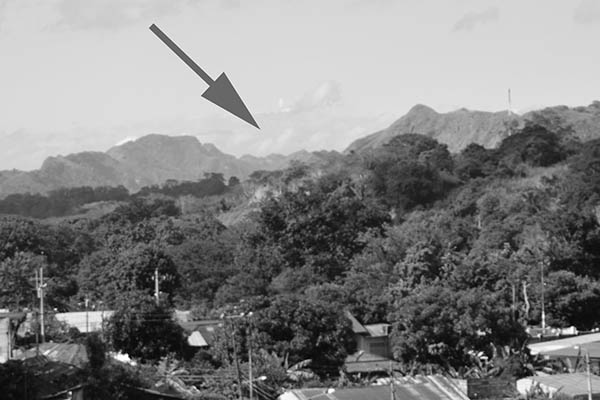
“That is Volcan Nevado del Ruiz,” Juan said, pointing at the peak touching the clouds. I returned a blank look. “It is the volcano we are riding to today,” Juan explained.
“We’re riding to a volcano?” I asked.
“Yes,” Juan answered. “Volcan Nevado del Ruiz. It erupted in 1985 and killed many people.”
I checked out what Juan told me later that evening after I could get an Internet connection. “Many” was something north of 23,000 people. They were all killed deader than Julius Caesar, and it all happened just 30 years ago. And we were riding our motorcycles to it. I thought about the bikers I knew in California who thought they had something to brag about because they rode to the Laughlin River Run. Right.
I looked at the distant peak again and took a photo. I was really too far away to see anything, but with Juan’s explanation I knew that what had appeared to be a mountain reaching into the clouds was actually a volcano belching steam. I’ve been to a lot of places on a motorcycle, but I’ve never ridden a motorcycle (or anything else, for that matter) up to an active volcano!
We left the bridge, rode a less than a mile, and stopped at a museum dedicated to the Magdalena River’s history. As I mentioned earlier, the Magdalena River is Colombia’s version of the Mississippi. It’s huge, and Colombia developed around it. This museum in Honda was exclusively about the river.
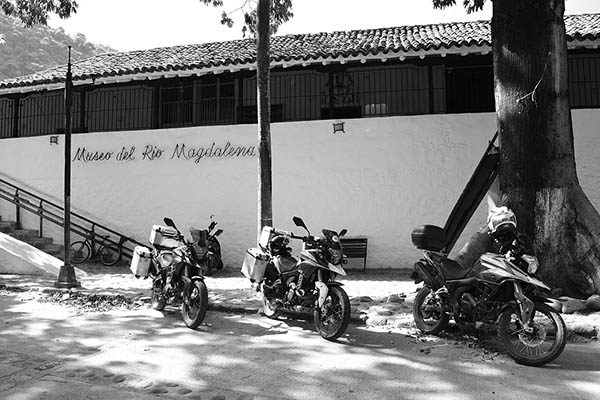
We spent an hour at the museum. We could have spent a day there. The Magdalena River and its surrounding areas were more like the Mississippi River and the United States than I would have imagined. The Magdalena flows through cotton and coffee plantations. It was Colombia’s primary trade route as the country developed. The Colombians used large steamboats of similar design to those used on our Mississippi River in the 1800s. It was another example of how Colombia’s history paralleled the history of the United States.
The Museo del Rio Magdalena had interesting displays about the river, the crops it transported, the steamboats, the indigenous populations along the river, the early explorers, and more. The museum also had an interesting photo exhibit consisting entirely of photos shot by students using pinhole cameras of their own construction. The photos were good and I enjoyed seeing them.
I especially liked a long painting along one wall depicting the Magdalena’s 1000-mile length, and notable things along the river. It gave me a much better feel for and appreciation of the magnificent country we had been riding through. Our museum visit was a very successful one. I enjoyed it. It was one of the high points of the trip for me.
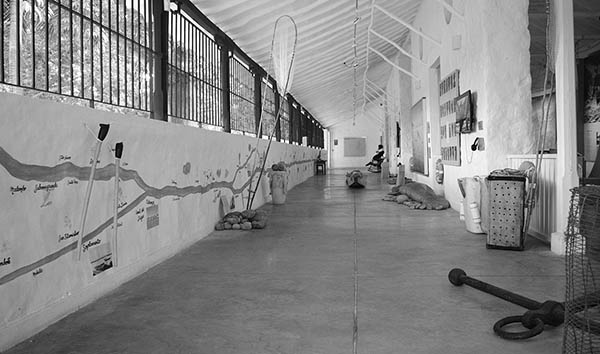
As I mentioned, we spent an hour at the museum, and when we left Honda was sweltering again. Juan looked at my clothes and laughed. I had been worried the previous night about my laundry having enough time to dry at the hotel. It was only 10:00 a.m. and I was already drenched in sweat. My clothes were soaked.
A pretty young lady, the museum curator, gave us a tour of the museum during our visit. She seemed cool and totally at ease with the heat and the humidity. I realized as I listened to her discuss the exhibits that she was used to living in the tropics, but I still wondered how she was able to get through the day without perspiring like me.
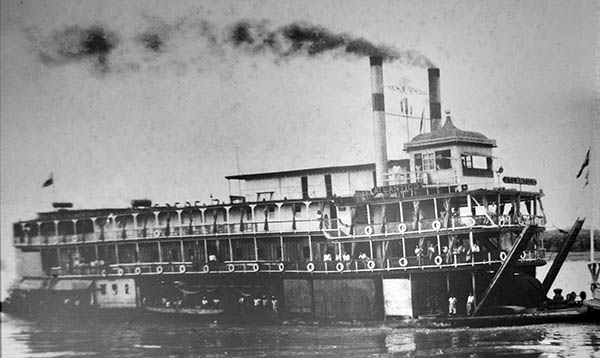
I like history. I think I’m too old to go back to school now, but if ever went back to college for another degree, it would be for a degree in history. I like learning about how things developed, including countries, companies, and cultures. I thought that hour in the Museo del Rio Magdalena was one of the best hours I spent during my entire stay in Colombia.
The museum visit further reinforced a thought I had earlier when we visited Boyacá about the similarities between our US culture and the Colombian culture. Our American Revolution was for independence from the British. Colombia’s war of independence did the same with the Spanish. The British took our natural resources and taxed us without representation. The Spanish looted Colombia’s gold and emeralds. We in the US have a lot of things in common with the people of Colombia.
I don’t know if Juan planned our visit to the Museo del Rio Magdalena. He did a magnificent job planning our adventure tour, but I had the impression when we spotted this museum that he made an impromptu decision to visit it. Whether our stop was planned or accidental, if you ever get to Honda, you don’t want to miss this spot.
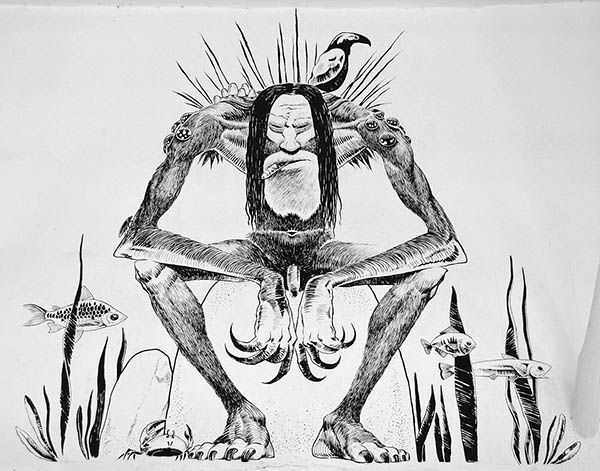
As we left the museum and pulled our gear on, the sweat was pouring off me and I was showing the effects of the heat. Carlos told me not to worry. We would be cool soon enough as we climbed back into the Andes’ higher altitudes.
I sure was more comfortable when we were on the bikes again. Let’s generate a breeze, I thought, and we did. Juan wanted to try a new way out of Honda, and it worked. Nobody needs a GPS as long as Juan is leading the pack.
Our next destination was to be Fresno (yep, Colombia has a Fresno, too). The road between Honda and Fresno was great. You must be thinking by now that I’ve said that about every road we had ridden in Colombia. Yep, I did. And they were.
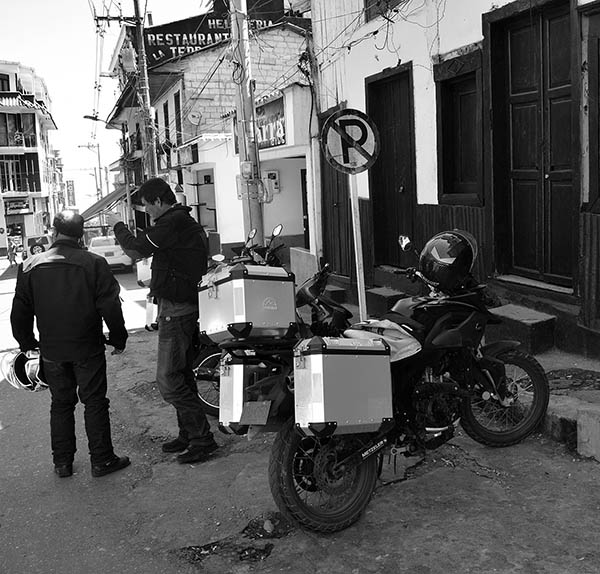
We arrived in Fresno and stopped for a break. The town followed the standard Colombian Andes Mountains formula: Steep up and down streets and a magnificent square in front of a majestic church. And Carlos had been right about the temperature. Even though it was midday and sunny, it had cooled considerably as we climbed into the mountains. Fresno was comfortable.
Fresno’s town square had an interesting exhibit with a statue of Juan Valdez and his mule, carrying only the finest Colombian coffee beans (as the commercials used to proclaim). Carlos took a photo of Mr. Valdez and me.
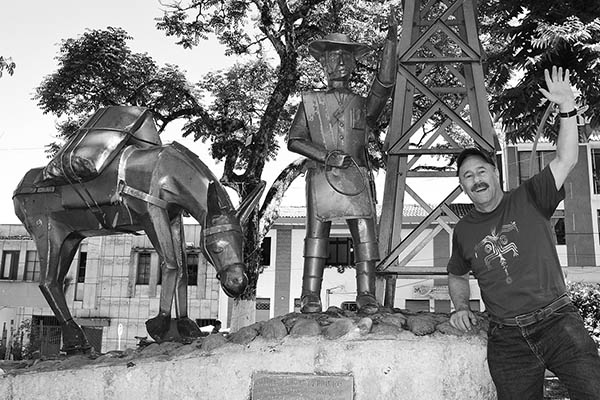
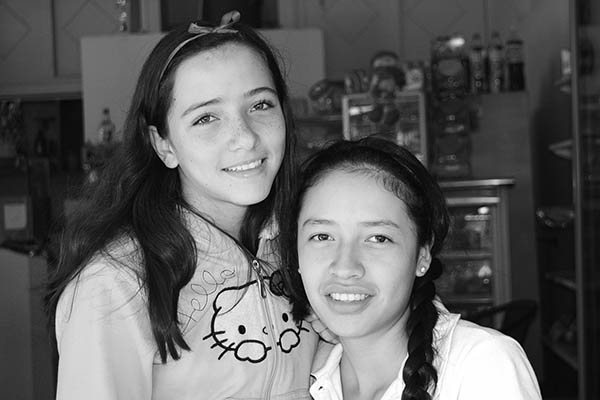
There were chairs and a table in front of a small store next to Fresno’s church. We bought soft drinks from two nice young ladies working there and we took seats at the table. It was relaxing sitting there, watching the good folks of Fresno go about their lives. A pretty girl pulled up on a motorcycle and parked on the sidewalk. I could get used to Fresno, I thought.
We left Fresno and stopped to refuel on the way out. The road continued to climb, the temperatures continued to drop, and the sun disappeared behind the clouds we were climbing into. It rained and little bit and then stopped. The roads dried, the sun remained hidden, and the twisties became even more glorious. I knew we were high up in the mountains. I didn’t know how high, but I knew we were way up there. I was surprised at how well the bikes were performing. Although the AKT version of the RX3 is carbureted, I couldn’t feel a drop in performance as the altitude increased (and our ride had taken us literally from sea level to over 13,000 feet).
There wasn’t any traffic (we had the road to ourselves) and Juan stepped up the pace. It was just a modest increase at first, and then he ratcheted it up. By this time I was comfortable on these twisting roads and comfortable with my heavily-laden RX3. I hung in there with Juan, with Carlos right on my tail. It just felt like the right thing to do, and it felt entirely natural.
To be continued…watch for tomorrow’s ExNotes blog. And if you want to read the entire story, get yourself a copy of Moto Colombia!

